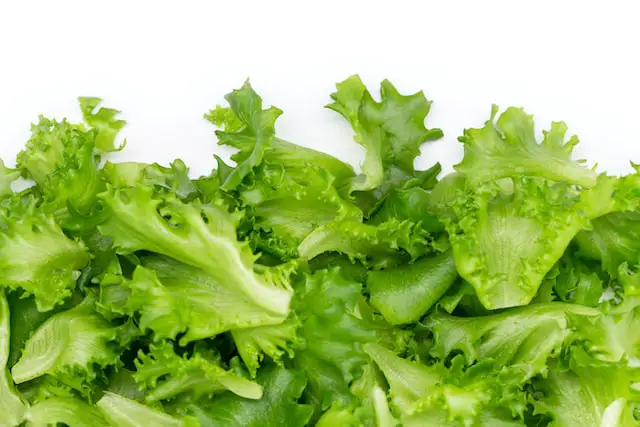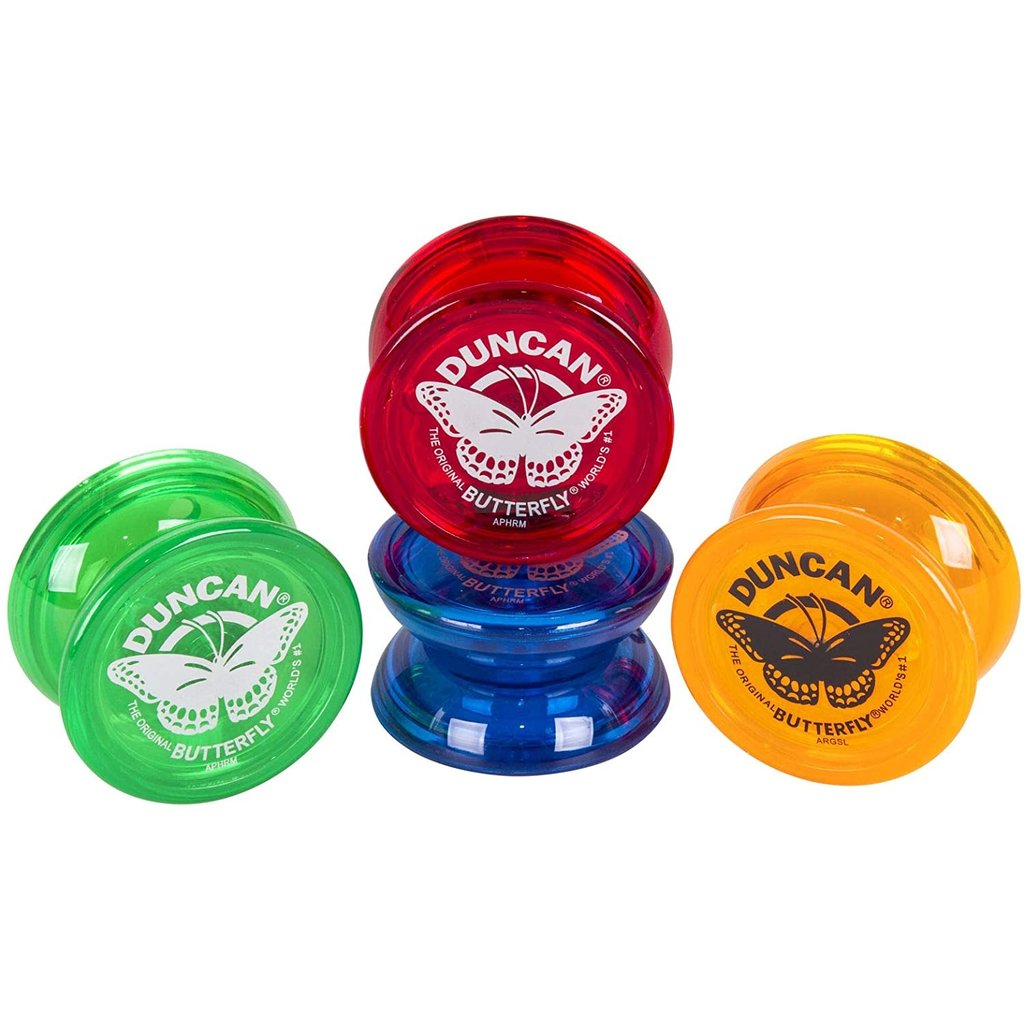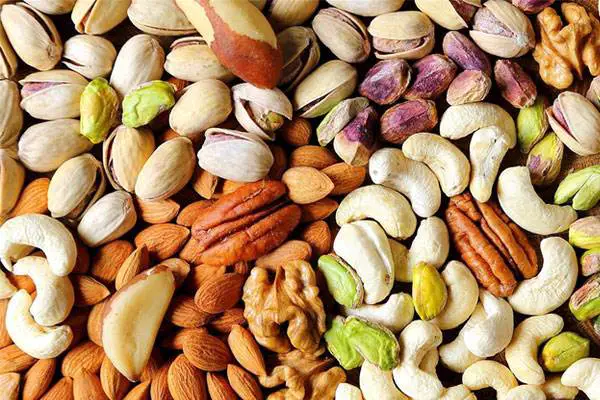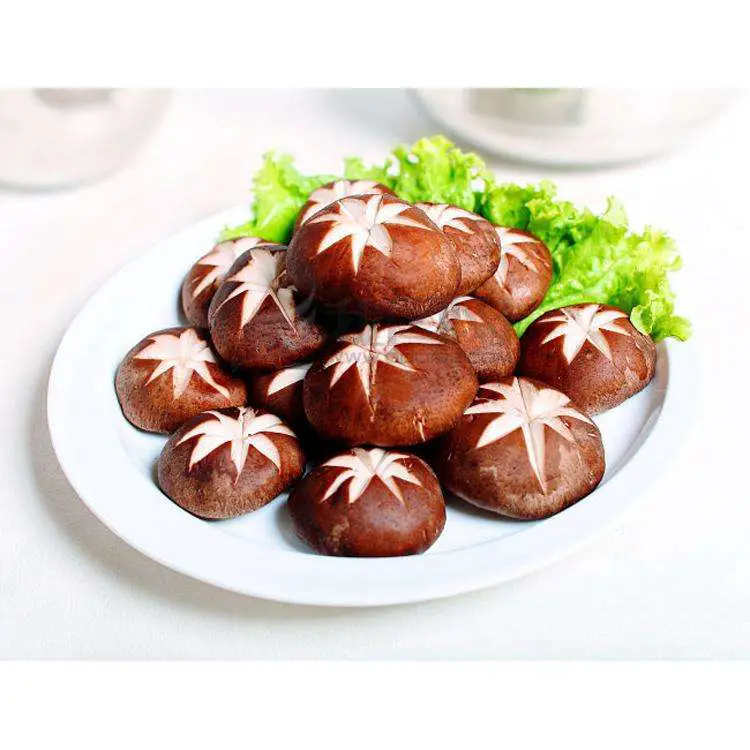Why Is Lettuce So Expensive?
Lettuce prices are skyrocketing, and many people are wondering why this leafy green has become so expensive. One reason for the high cost of lettuce is the recent outbreak of impatiens necrotic spot virus, which has affected crops in the Salinas Valley, one of the major lettuce-growing regions in the United States.
Romaine lettuce, in particular, has been hit hard by the virus, which causes yellowing and necrosis of the leaves. This has led to a shortage of romaine hearts, which are the most popular type of lettuce used in salads and sandwiches.
The Salinas Valley is also facing other challenges, such as drought and labor shortages, which have further reduced the supply of lettuce. As a result, grocery stores are struggling to keep up with demand, and prices have risen accordingly.
Despite the high cost of lettuce, it is still an important part of a healthy diet. Leafy greens like lettuce are rich in vitamins and minerals and can help prevent chronic diseases like heart disease and cancer.
If you’re looking to save money on lettuce, there are a few things you can do. First, consider buying other types of leafy greens, such as spinach or kale, which may be less expensive. You can also try growing your lettuce at home, either in a garden or in containers on your balcony or patio.
In conclusion, the high cost of lettuce is due to a combination of factors, including the impatiens necrotic spot virus, drought, and labor shortages. While this may be frustrating for consumers, it’s important to remember the health benefits of leafy greens and to find ways to incorporate them into your diet.
Frequently Asked Questions
How to harvest lettuce?
1. Choose the right time: Lettuce is ready to harvest when the leaves are large enough to eat, but before the plant starts to bolt (produce flowers and seeds). This usually occurs when the plant is 4-6 weeks old.
2. Cut the leaves: Using a sharp knife or scissors, cut the outer leaves of the lettuce plant, leaving the inner leaves intact. Cut the leaves close to the base of the plant, but be careful not to damage the stem or roots.
3. Leave the plant intact: After harvesting the outer leaves, leave the plant intact so that it can continue to grow and produce more leaves. You can harvest lettuce leaves multiple times throughout the growing season.
4. Wash and store: Rinse the harvested lettuce leaves in cold water to remove any dirt or debris. Dry the leaves thoroughly and store them in a plastic bag or container in the refrigerator. Use the lettuce within a few days for the best flavor and texture.
How to keep lettuce fresh?
Here are some tips to keep lettuce fresh:
1. Store lettuce in a plastic bag: Place the lettuce in a plastic bag and seal it tightly. This will help to keep the moisture in and prevent the lettuce from drying out.
2. Keep lettuce in the fridge: Store the lettuce in the fridge to keep it fresh for longer. Make sure to keep it away from the back of the fridge, as this can cause it to freeze.
3. Wash lettuce before storing: Wash the lettuce before storing it, but make sure to dry it thoroughly. Excess moisture can cause the lettuce to wilt and spoil faster.
4. Use a paper towel: Place a paper towel in the plastic bag with the lettuce. The paper towel will absorb any excess moisture and help to keep the lettuce fresh.
5. Don’t cut lettuce until ready to use: Don’t cut the lettuce until you are ready to use it. Cutting the lettuce can cause it to wilt and spoil faster.
How to grow lettuce?
1. Choose the right location: Lettuce prefers a cool and moist environment, so choose a location that receives partial shade and has well-draining soil.
2. Prepare the soil: Loosen the soil to a depth of 6-8 inches and add compost or well-rotted manure to improve soil fertility.
3. Plant the seeds: Sow the seeds directly into the soil, about 1/4 inch deep and 6-8 inches apart. Cover the seeds with soil and water gently.
4. Water regularly: Keep the soil moist but not waterlogged. Water deeply once or twice a week, depending on the weather.
5. Fertilize: Apply a balanced fertilizer every 3-4 weeks to promote healthy growth.
6. Thin the seedlings: Once the seedlings have grown to about 2 inches tall, thin them out to about 12 inches apart to give them enough space to grow.
7. Harvest: Harvest the outer leaves of the lettuce as they mature, leaving the inner leaves to continue growing. Cut the leaves with a sharp knife or scissors, leaving about an inch of stem attached to the plant.
8. Protect from pests: Keep an eye out for pests like slugs, snails, and aphids, and take appropriate measures to control them.
How to store lettuce?
Here are some tips on how to store lettuce:
1. Remove any damaged or wilted leaves from the lettuce.
2. Wash the lettuce thoroughly in cold water and dry it using a salad spinner or paper towel.
3. Wrap the lettuce in a clean, dry towel or paper towel to absorb any excess moisture.
4. Place the wrapped lettuce in a plastic bag or airtight container.
5. Store the lettuce in the refrigerator’s crisper drawer, where the temperature is between 32-40°F.
6. Avoid storing lettuce near fruits that produce ethylene gas, such as apples, bananas, and pears, as they can cause the lettuce to spoil faster.
7. Check the lettuce regularly and discard any leaves that have become slimy or discolored.
How many calories in lettuce?
One cup of shredded lettuce contains approximately 5-10 calories, depending on the variety of lettuce.
How to harvest romaine lettuce?
Here are the general steps to follow:
1. Wait until the romaine lettuce is mature. This usually takes around 60-70 days after planting.
2. Check the leaves for size and firmness. The leaves should be at least 6 inches long and firm to the touch.
3. Use a sharp knife or scissors to cut the lettuce leaves at the base of the plant. Be careful not to damage the plant or the roots.
4. Leave the outer leaves intact so that the plant can continue to grow and produce more leaves.
5. Rinse the harvested lettuce leaves in cold water to remove any dirt or debris.
6. Store the lettuce in a plastic bag or container in the refrigerator until ready to use.
7. Enjoy your fresh, homegrown romaine lettuce in salads, sandwiches, or as a healthy snack!
How many carbs in lettuce?
There is approximately 1 gram of carbohydrates in 1 cup of shredded lettuce.
How to grow romaine lettuce?
1. Choose a location: Romaine lettuce grows best in full sun, but it can also tolerate partial shade. Choose a location that receives at least 6 hours of sunlight per day.
2. Prepare the soil: Romaine lettuce prefers well-draining soil that is rich in organic matter. Add compost or aged manure to the soil to improve its fertility and texture.
3. Plant the seeds: Sow the seeds directly into the soil, about 1/4 inch deep and 6 inches apart. Water the soil thoroughly after planting.
4. Water regularly: Romaine lettuce needs consistent moisture to grow well. Water the plants deeply once or twice a week, depending on the weather and soil conditions.
5. Fertilize: Apply a balanced fertilizer every 4-6 weeks to provide the plants with the nutrients they need to grow.
6. Thin the seedlings: Once the seedlings have grown to about 2 inches tall, thin them out so that they are spaced about 12 inches apart. This will give them enough room to grow and develop.
7. Harvest: Romaine lettuce is ready to harvest when the leaves are about 6-8 inches long. Cut the leaves off at the base of the plant, leaving the stem intact so that the plant can continue to produce new leaves.
How to store romaine lettuce?
Here are some tips on how to store romaine lettuce:
1. Remove any damaged or wilted leaves from the lettuce.
2. Rinse the lettuce under cold water and pat it dry with a paper towel.
3. Wrap the lettuce in a damp paper towel or kitchen towel.
4. Place the wrapped lettuce in a plastic bag or airtight container.
5. Store the lettuce in the refrigerator’s crisper drawer.
6. Avoid storing the lettuce near fruits that produce ethylene gas, such as apples and bananas, as this can cause the lettuce to spoil faster.
7. Use the lettuce within a week for the best quality.
How long does lettuce last?
Lettuce can last anywhere from 3-14 days depending on the type of lettuce, how it is stored, and the temperature of the storage area. Generally, iceberg lettuce lasts longer than other types of lettuce, and it should be stored in the refrigerator in a plastic bag or container with a damp paper towel to keep it fresh.
How to shred lettuce?
1. Rinse the lettuce leaves under cold running water to remove any dirt or debris.
2. Pat the leaves dry with a clean kitchen towel or paper towel.
3. Cut off the stem end of the lettuce head and discard it.
4. Cut the lettuce head in half lengthwise.
5. Cut each half into quarters.
6. Lay each quarter flat on a cutting board and slice it crosswise into thin strips.
7. Repeat with the remaining quarters until all the lettuce is shredded.
8. Place the shredded lettuce in a salad spinner or colander and rinse it again under cold running water.
9. Spin or shake the lettuce to remove any excess water.
10. Use the shredded lettuce immediately or store it in an airtight container in the refrigerator for up to 3 days.
How to store lettuce in the fridge?
Here are some tips on how to store lettuce in the fridge:
1. Rinse the lettuce leaves thoroughly with cold water and pat them dry with a paper towel or a clean kitchen towel.
2. Wrap the lettuce leaves loosely in a dry paper towel or a clean kitchen towel. This will help absorb any excess moisture and prevent the lettuce from wilting.
3. Place the wrapped lettuce leaves in a plastic bag or airtight container. Make sure to leave some space for air to circulate.
4. Store the lettuce in the crisper drawer of your fridge. This is the coolest part of the fridge and will help keep the lettuce fresh for longer.
5. Check the lettuce every few days and discard any leaves that have started to wilt or turn brown.
By following these steps, you can store lettuce in the fridge for up to a week.
When to plant lettuce?
Lettuce is a cool-season crop that grows best in temperatures between 45-75°F (7-24°C). The best time to plant lettuce depends on your location and climate. In general, lettuce can be planted in early spring or late summer/early fall. In warmer climates, it can be planted in the winter. It’s important to avoid planting lettuce during the hottest months of the year, as it can bolt and become bitter. Check with your local gardening center or extension office for specific planting dates and recommendations for your area.













